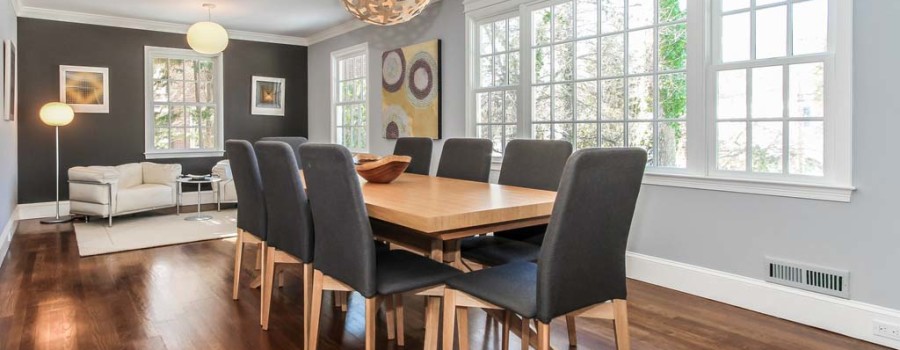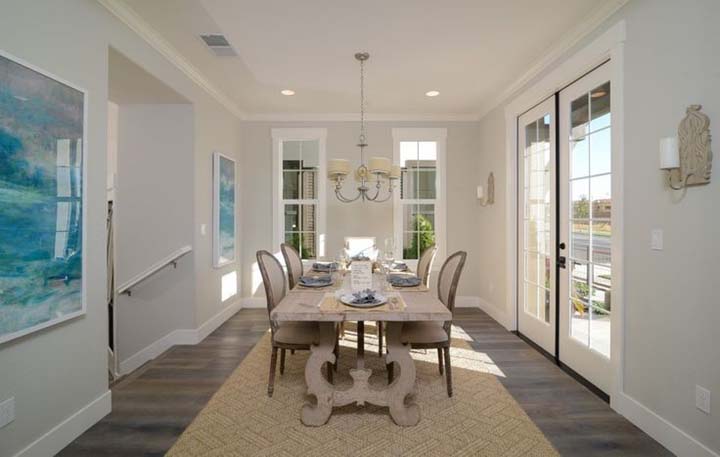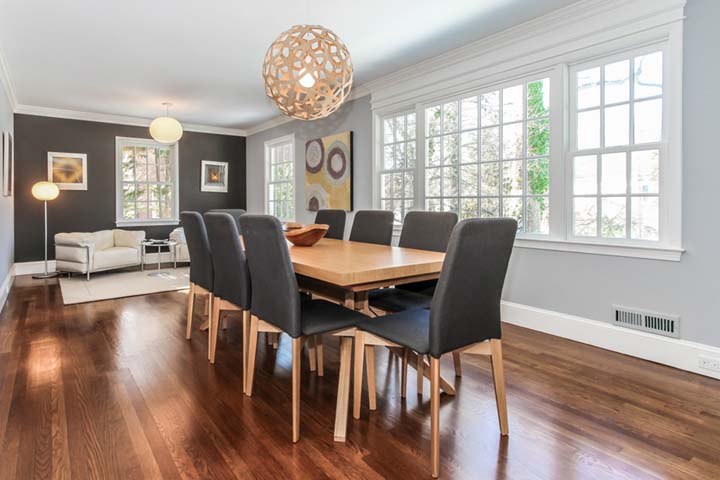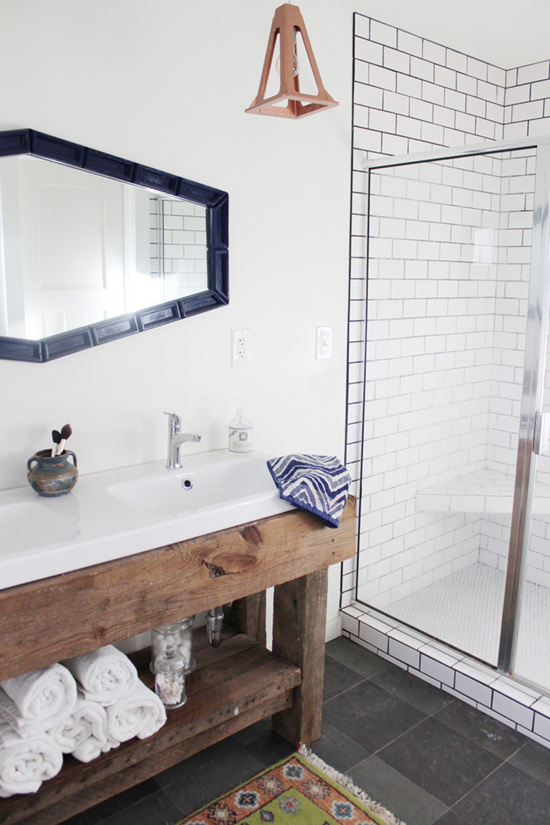Filed under: Buying, Financing

By Kayla Albert
After receiving the preapproval on your home loan — the anxiously awaited first big step toward homeownership — you likely breathed a sigh of relief that the official “proving yourself” part of the process was over.
Not so fast, if you’re searching for a home during the holidays.
Before you get swept up in the tide of frantic holiday shopping, it’s important to know that going overboard on gifts for friends and family can impact the total loan amount you’re ultimately approved for, and it could even kill the approval entirely.
Here are a few ways you can ensure you make it all the way from preapproval to purchase with no hiccups en route.
1. Don’t apply for new credit or rack up new debt.
When you reach the cash register with your arms full of holiday gifts, it’s easy to entertain the idea of opening a store credit card. Just fill out the application, add your John Hancock, and you could be walking away with a significant amount off your total purchase.
However, opening this line of credit requires a hard credit inquiry — one that could ding your credit in the process. In addition, you could impact your debt-to-income ratio or signal to the lender that you are a greater risk than they previously thought.
Tammi Robson, a mortgage broker at Metro Lenders in Denver, tells her clients about the importance of being debt-free or keeping debt levels stable during the home-buying process. This means avoiding major purchases such as a car or that new dining-room set until the entire home-buying process is complete.
“Most lenders do ‘debt monitoring’ during the loan process, meaning they pull internal credit reports,” Robson says. “If new debt shows up or credit scores go down, it will affect loan qualification.”
2. Don’t move around large amounts of money.
While constantly shuttling funds back and forth might be how you manage your money, it can create a huge headache for lenders, who must be able to track the movement of funds from account to account. If they cannot track the funds, the money movement could appear suspicious — a red flag signaling undocumented funds or money troubles they hadn’t seen before.
In addition, if your family is all about doling out the cash for the holidays, you could be putting yourself in a precarious position. Lenders will also be scouring your accounts for any unusual deposits — those that are 50 percent or more of your monthly income — or any unusual cash withdrawals. These will need to be thoroughly explained to maintain your approved status.
It’s all about keeping the status quo between preapproval and closing — something that can be more challenging during the holiday season.
3. Don’t ignore your bills.
A recent study by Neighborworks determined that one in three American adults has no savings on hand. Pair this with an expected holiday spending rate of $805 per person, and it’s no wonder bills become a heavy burden to bear come January.
Unfortunately, even if your holiday spending gets out of hand, loan preapproval isn’t a pass to be less diligent about maintaining a spot-free bill payment history. In fact, it’s more important than ever to make sure all bills are paid on time and in full.
Payment history makes up 30 percent of your credit score, and even one late payment can have devastating effects. How much exactly? According to Credit.com, if your payment is over 30 days late (the typical grace period given by lenders), it could lower your score anywhere from 60 to 110 points — a substantial amount even if you’re starting with a high score.
If that late payment is on an existing mortgage, a lender could opt to deny your loan altogether. Even if it’s not a complete denial, you’ll need to explain in writing why the late payment occurred.
Here’s the bottom line.
If you’ve been preapproved for a mortgage, you’ve successfully cleared one substantial hurdle — a bank or lender has looked at your overall financial health and stamped you as a qualified candidate.
But preapproval is not the same as approval, and now, as holiday sales are calling, it’s important to keep the finish line in sight. After all, you wouldn’t want a few financial missteps to make your dream of homeownership come to a crashing halt.


















